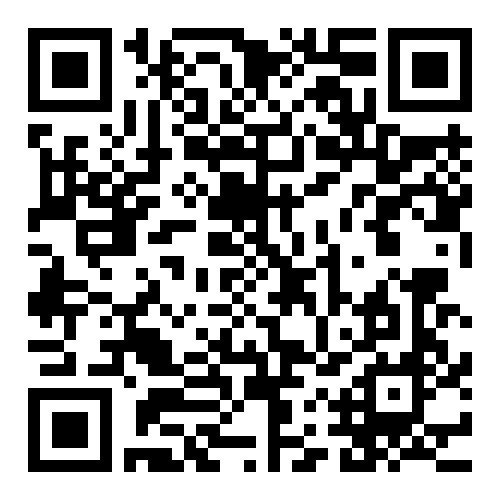What is Protein S ?
Also Known As: Protein C Activity, Protein C Level, Protein S Activity, Protein S Level
Formal Name: Protein C, Functional or Antigen; Protein S, Functional or Antigen (Free or Total)
Protein C and protein S are two proteins in the blood that help regulate blood clot formation. Two separate tests for these proteins are often performed together as part of the investigation of a possible excessive clotting disorder. The tests measure the amount of each protein (antigen tests) and evaluate whether they are performing their proper functions (activity tests).
Normally, when a body tissue or blood vessel wall is injured, a process called hemostasis begins to form a plug at the injury site to help stop the bleeding. Small cell fragments called platelets adhere to and aggregate at the site and a coagulation cascade begins as proteins called coagulation factors are activated one after the other. Eventually, a stable clot forms, preventing additional blood loss and remaining in place until the injured area has healed. The clot is then broken down when it is no longer needed. There must be an adequate amount of platelets and sufficient clotting factors and each must function normally in order for a stable clot to form.
Proteins S acts as a principal cofactor to protein C. The two work together to help regulate and control blood clot formation by inactivating specific coagulation factors (factors V and VIII) that are required to generate and form blood clots. This has the net effect of slowing down clot formation, much like brakes slow a speeding car. Therefore, if there is not enough protein C or S or they are not functioning normally, clot formation can go unchecked, possibly leading to excessive clotting. These conditions can range from mild to severe.
Deficient or dysfunctional protein C or protein S may be due to an underlying condition (acquired), such as liver disease, kidney disease, severe infections or cancer, or can be inherited, passed from parent to child. Both protein C deficiency and protein S deficiency are inherited in an autosomal dominant pattern. About 1 out of every 200-500 people has one normal gene and one abnormal gene (heterozygous), causing protein C deficiency. About 1 in 500 people have protein S deficiency due to heterozygous gene mutation.
There are two types of inherited
protein C deficiencies:
- Type 1 is related to insufficient quantity.
- Type 2 is related to abnormal function and is less common than Type 1.
Protein S exists in two forms in the blood: free and bound to another protein, but only the free protein S is available to be a cofactor for protein C. There are three types of inherited
protein S deficiencies:
- Type 1 deficiency is due to an insufficient quantity.
- Type 2 is due to abnormal function.
- Type 3 is due to decreased free protein S levels, though total protein S levels are normal.

